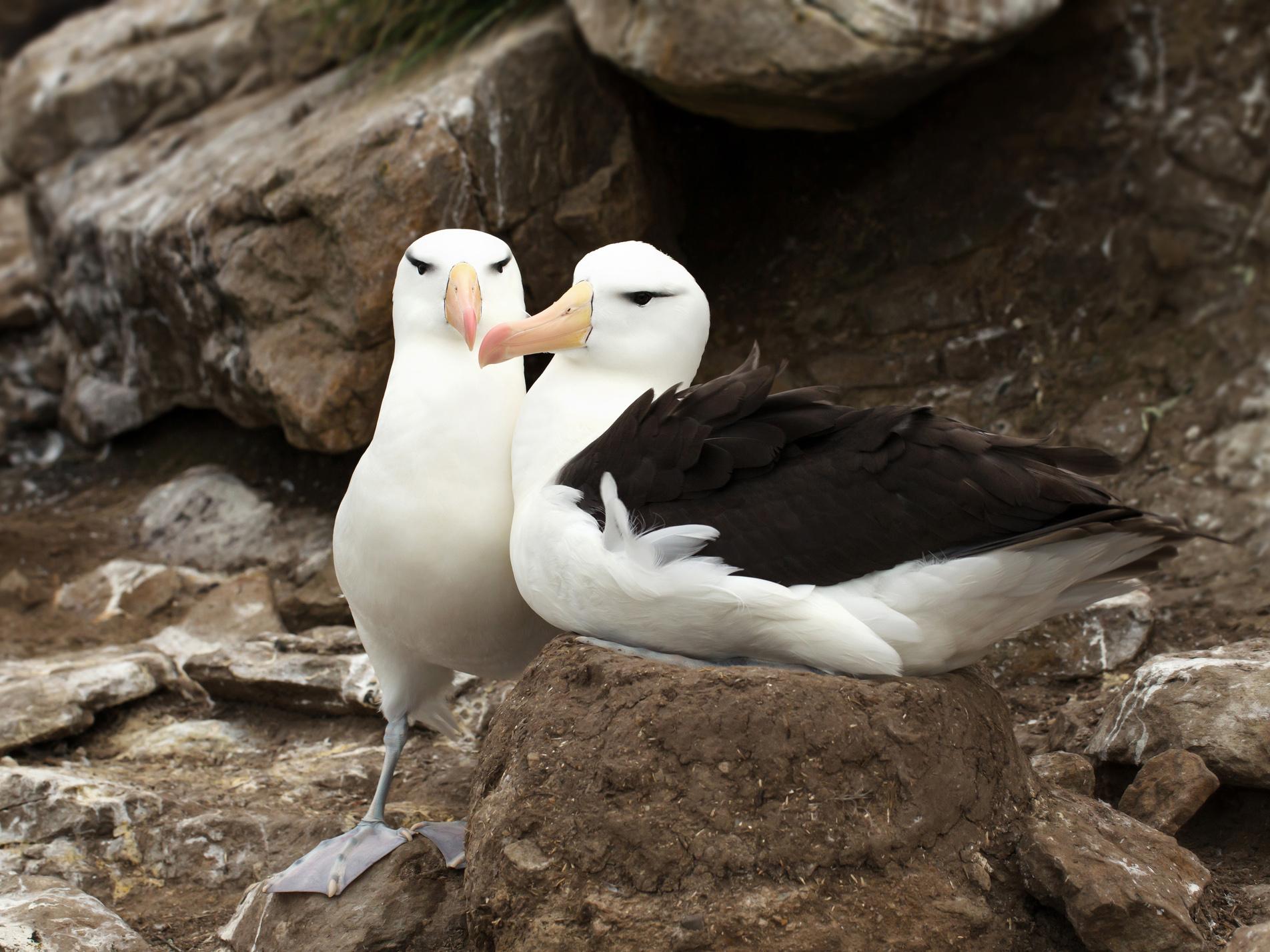Genetic code that turns animals monogamous identified by scientists
Researchers say similar gene profile may have a role in long-term partnerships formed by humans

Your support helps us to tell the story
From reproductive rights to climate change to Big Tech, The Independent is on the ground when the story is developing. Whether it's investigating the financials of Elon Musk's pro-Trump PAC or producing our latest documentary, 'The A Word', which shines a light on the American women fighting for reproductive rights, we know how important it is to parse out the facts from the messaging.
At such a critical moment in US history, we need reporters on the ground. Your donation allows us to keep sending journalists to speak to both sides of the story.
The Independent is trusted by Americans across the entire political spectrum. And unlike many other quality news outlets, we choose not to lock Americans out of our reporting and analysis with paywalls. We believe quality journalism should be available to everyone, paid for by those who can afford it.
Your support makes all the difference.Scientists have found a “universal code” hidden in the genes of some animals that appears to control whether or not they form lasting bonds with a single individual.
The research reveals the genetic drivers that lie at the heart of so much animal behaviour, and may even have a role in the monogamous bonds formed by humans.
Monogamy is surprisingly common across the animal kingdom, found in an array of creatures from fish to voles.
Like humans, pair-bonding animals are not always strictly faithful to their chosen spouse, but they tend to share certain duties such as childcare and territorial defence with just one partner.
In an effort to understand why certain species have chosen this lifestyle while other closely related ones lived more promiscuously, scientists examined the genes that were active in their brains.
They found that across five different pairs of species separated by millions of years of evolution, the same genetic pattern emerged again and again in monogamous animals.
Each pair consisted of one monogamous species and another closely related one that was not. The scientists looked at mice, voles, songbirds, frogs and cichlid fishes.
They found that in the male brains of these species, there was a common set of 24 genes being expressed that were tied with monogamy.
In practice, monogamous behaviour can be highly complex, but the results suggested that at its heart there is a simple mechanism in the brain that triggers it.
What intrigued the scientists was the way in which the same “toolkit” was appearing repeatedly across the tree of life. The animals they focused on would not have shared a common ancestor for 450 million years.
“There are conserved sets of genes that are used for particular things,” Dr Rebecca Young of the University of Texas told The Independent.
She said this is seen not only in the mechanisms controlling physical processes like limb growth, but also the underpinnings of behaviours like bird song and even aggression.
“Much of our behaviour or animals’ behaviour is subject to evolutionary processes … that is written down in our genome and manifests itself in particular gene expression patterns in the brain or elsewhere in the body,” said Dr Hans Hofmann.
In certain situations, pressures like predators or a lack of resources make it sensible to share the load with a long-term partner, and this is when animals evolve towards monogamy.
As for humans, a species that commonly forms lasting pair bonds, Dr Hofmann said it was possible that similar genetic processes may lie at the root of this monogamy.
In theory, he said it might be possible to compare our species to closely related, non-monogamous apes like chimpanzees.
“If we could do that then we might expect gene expression variation that is somewhat similar to what we find in these other monogamous/non-monogamous species pairs,” he said.
“But it’s important to understand there are many factors playing into it.”
The results were published in the journal Proceedings of the National Academy of Sciences.
Join our commenting forum
Join thought-provoking conversations, follow other Independent readers and see their replies
Comments